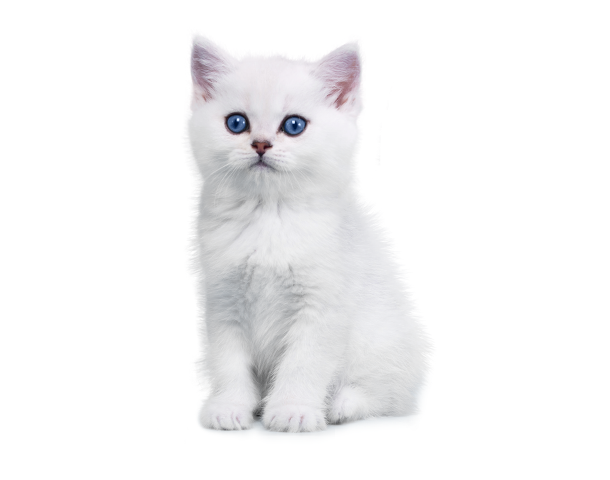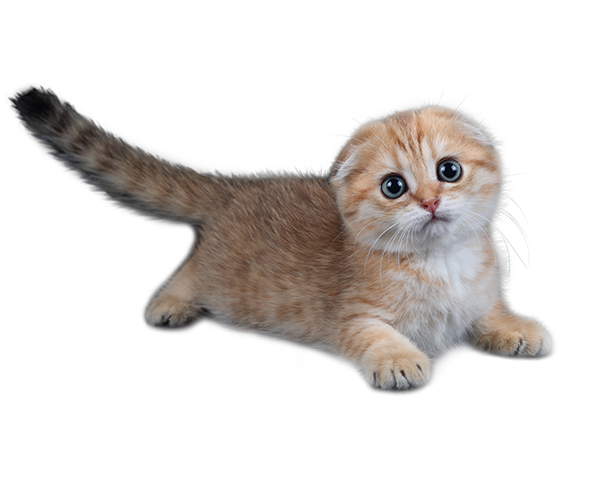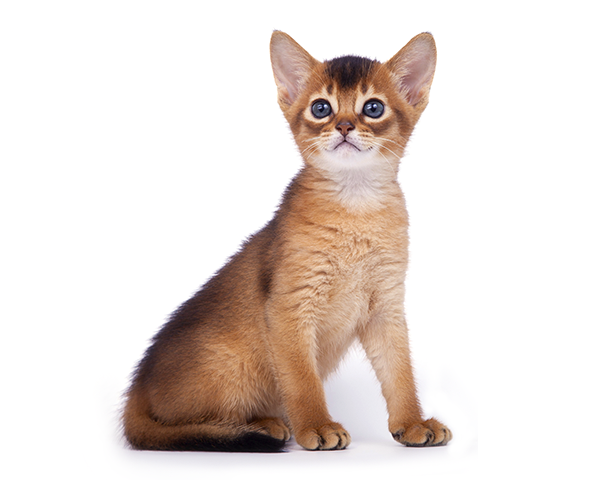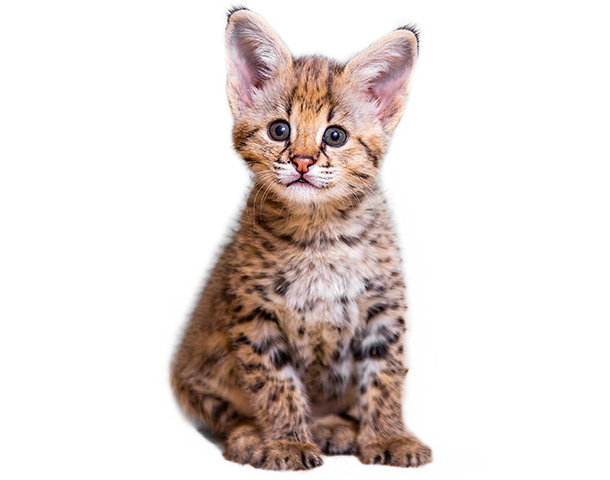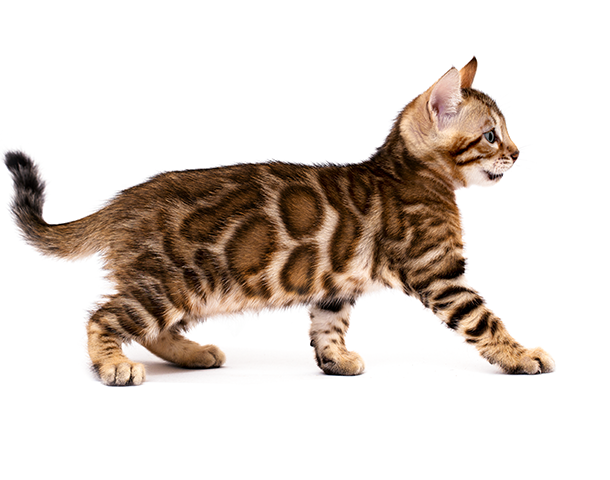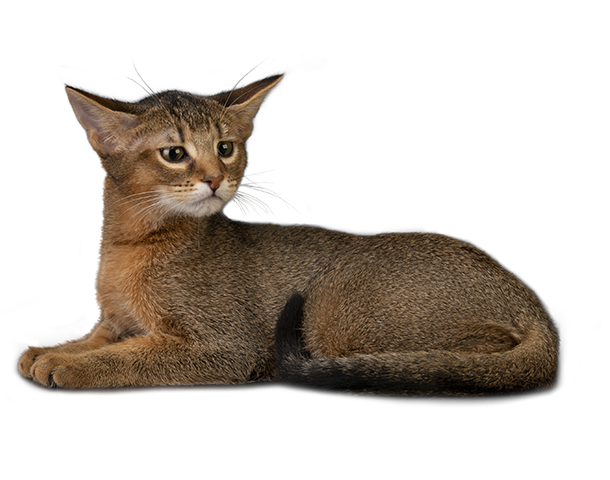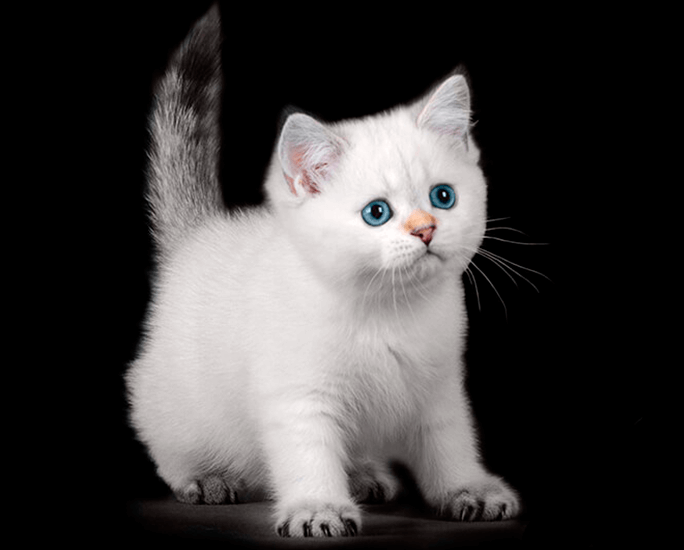The history of the creation of Chausie
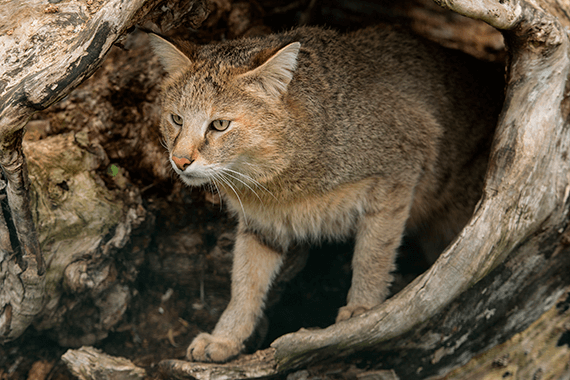
Chausie is one of the most extravagant cats. She is remarkable for everyone: exceptional appearance, non-standard set of genes and noble behavior. When the Chausie proudly strides across its territory, there is no doubt: before you are a person of royal blood! This is an ideal option for those who want to acquire a descendant of wild cats. Representatives of the breed are as graceful and independent as their distant ancestors. Despite the outward resemblance to dangerous predators, Chausies need affection and care no less than their domesticated counterparts. The outgoing and friendly nature of the animal is another reason to choose this breed.
Ancient Egypt, a sunny country of pharaohs and pyramids, is considered the birthplace of a noble beauty. Here, in the valleys of the Nile River, lived the wild ancestors of the Chausie – reed cats. They lived peacefully in the neighborhood with people and often won the hearts of domestic cats. As a result of a love union, the first hybrids were born. The Egyptians did not realize how unique these animals were, which combined the remarkable appearance of wild counterparts and the friendly behavior of domesticated cats. However, more than one century remained before the official recognition of the new breed.
Ancient frescoes clearly demonstrate the importance of reed cats and their offspring in the life of the Egyptians. Animals successfully coped with the role of hunters for waterfowl and rodents. Documentary sources confirm this theory: wild cats, despite their independence, easily joined the company of people, occasionally used their shelter and, in return, rid the settlements of rodents and other pests.
The era of powerful pharaohs has sunk into oblivion, but the symbiosis of people and reed cats continued to exist. Animals lived near settlements and often entered into adultery with domestic cats, thereby increasing the number of hybrids of amazing beauty. The soft, sandy-colored coat, the hunter’s attentive gaze, and the general resemblance to a small lynx – for unknown reasons, the Chausie did not arouse the interest of felinologists until the second half of the 20th century. The breed owes its popularity to American tourists who first came to Egypt.
Travelers’ stories about “wild cats” intrigued US breeders, and already in 1960, the first descendants of jungle cats received American “citizenship”. Painstaking and time-consuming work began on crossing animals with other breeds. Felinologists sought to strengthen and consolidate the qualities inherited by hybrids: the appearance of a wild cat and the docile nature of a pet. It was experimentally established that the most favorable “material” for breeding is Abyssinians, although more and more often Chausies are crossed with other short-haired animals.
Representatives of the new breed inherited the name of their ancestor. Jungle cat is known to zoologists under the name Felis chaus. Breeders, on the other hand, borrowed the second part of this name, transforming it into a sonorous “Chausie”.
The descendants of Egyptian cats did not receive official recognition for thirty years from the moment they began breeding. It wasn’t until 1995 that the Chausie received provisional status with TICA. At the same time, the first standard was adopted. The breed cannot be called common: only a few catteries in the world are breeding these hybrid cats.

